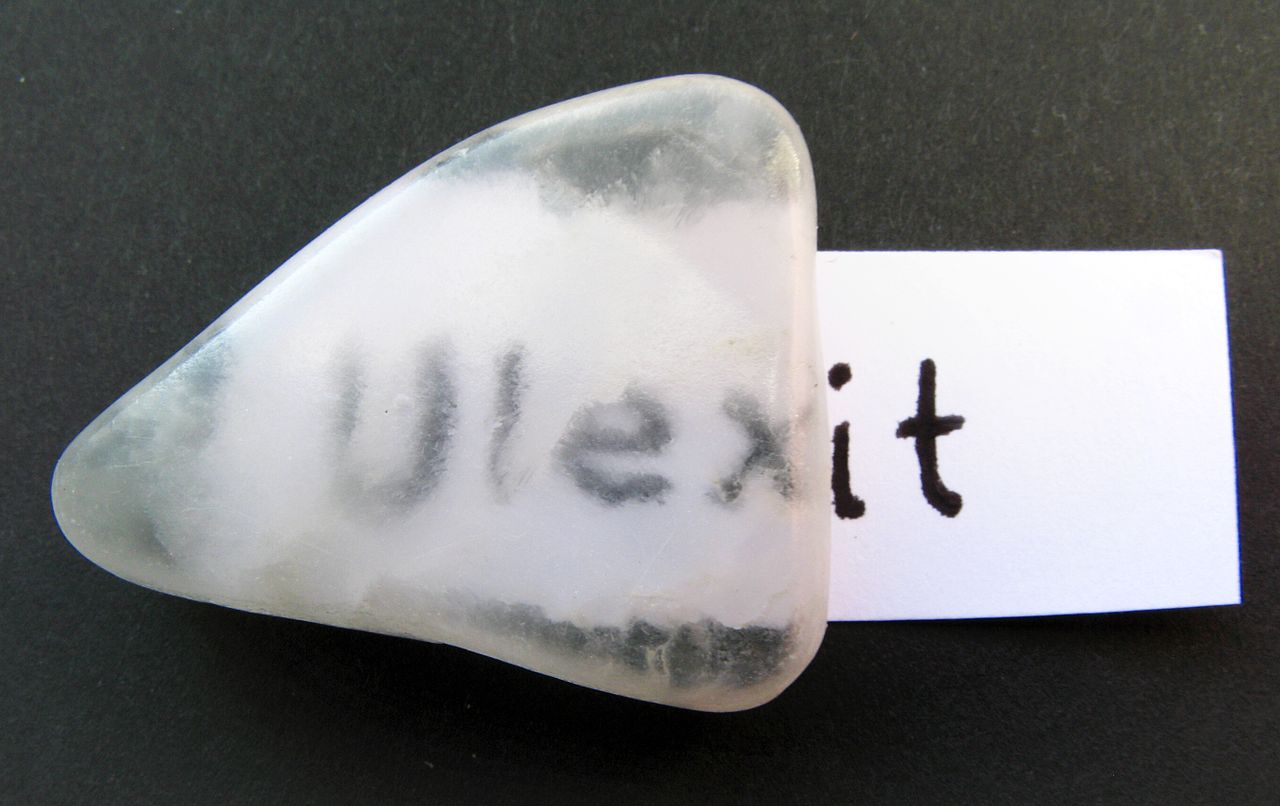Ulexite Value, Price, and Jewelry Information
The fibrous material cuts interesting catseye cabochon gems, but they are curios only since they are much too soft and fragile for wear. The eye can be very strong, however. Sometimes ulexite occurs in seams, consisting of tightly packed parallel fibers. These are transparent along their length, and the packed aggregates act like an array of parallel glass fibers, displaying the property of fiber optics. If the material is polished perpendicular to the fiber direction, a piece of ulexite will transmit an image from the bottom of the slab to the top. For this reason the material has been nicknamed TV stone and is popular among mineral enthusiasts.
The fibrous material cuts interesting catseye cabochon gems, but they are curios only since they are much too soft and fragile for wear. The eye can be very strong, however. Sometimes ulexite occurs in seams, consisting of tightly packed parallel fibers. These are transparent along their length, and the packed aggregates act like an array of parallel glass fibers, displaying the property of fiber optics. If the material is polished perpendicular to the fiber direction, a piece of ulexite will transmit an image from the bottom of the slab to the top. For this reason the material has been nicknamed TV stone and is popular among mineral enthusiasts.
Start an IGS Membership today
for full access to our price guide (updated monthly).Ulexite Value
Optics: a =1.496;β= 1.505; γ=1.519.
Biaxial (+), 2V: 78°.
Occurrence: In playa deposits and dry lakes associated with other borates.
Nevada.
Argentina; Peru; Chile; USSR.
California: world's major source; also source of TV stone and cabochon material.
Comments: The fibrous material cuts interesting catseye cabochon gems, but they are curios only since they are much too soft and fragile for wear. The eye can be very strong, however. Sometimes ulexite occurs in seams, consisting of tightly packed parallel fibers. These are transparent along their length, and the packed aggregates act like an array of parallel glass fibers, displaying the property of fiber optics. If the material is polished perpendicular to the fiber direction, a piece of ulexite will transmit an image from the bottom of the slab to the top. For this reason the material has been nicknamed TV stone and is popular among mineral enthusiasts.
Name: After the German chemist George L. Ulex, who first presented a correct chemical analysis of the species.
Joel E. Arem, Ph.D., FGA
Dr. Joel E. Arem has more than 60 years of experience in the world of gems and minerals. After obtaining his Ph.D. in Mineralogy from Harvard University, he has published numerous books that are still among the most widely used references and guidebooks on crystals, gems and minerals in the world.
Co-founder and President of numerous organizations, Dr. Arem has enjoyed a lifelong career in mineralogy and gemology. He has been a Smithsonian scientist and Curator, a consultant to many well-known companies and institutions, and a prolific author and speaker. Although his main activities have been as a gem cutter and dealer, his focus has always been education. joelarem.com
Related Articles
Black Diamond Value, Price, and Jewelry Information
Chameleon Diamond Value, Price, and Jewelry Information
Gray Diamond Value, Price, and Jewelry Information
Green Diamond Value, Price, and Jewelry Information
Latest Articles
Quartz Toxicity: Understanding the Risks for Jewelers and Wearers
Synthetic Amethyst: What is it and How is it Made?
Hambergite Value, Price, and Jewelry Information
Pearl Simulants: How to Spot Faux Pearls
Never Stop Learning
When you join the IGS community, you get trusted diamond & gemstone information when you need it.
Get Gemology Insights
Get started with the International Gem Society’s free guide to gemstone identification. Join our weekly newsletter & get a free copy of the Gem ID Checklist!
